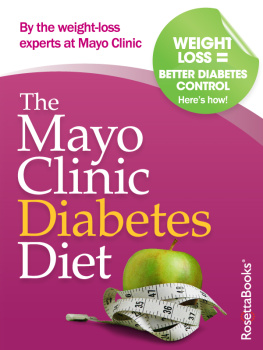Rick Mystrom was a terrific speaker.
He had great clarity in his presentation.
It was personal, practical, and enjoyable.
Number seven speaker, (Mystrom), was wonderful.
I Enjoyed Rick Mystrom. He was very encouraging and upbeat.
Please repeat Rick MystromsWhat Should I Eat presentation. We missed it and were told it was excellent.
Really liked the mayor from Alaska, Rick Mystrom
Rick Mystrom was the best. Excellent. Awesome
I like surprises. Rick Mystroms, What Should I Eat, presentation was a delightful surprise.
When you have speakers like Rick, who have so much to share, please allow them more time.
Ive been a nurse for 32 years. This was the best presentation on healthy eating Ive ever seen.
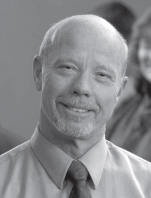
About the Author
Rick is a paragon of good health and has had Type 1 diabetes for 53 years. A recent stress test categorized him as equivalent to an active 42-year-old. He credits his good health to good eating habits, an active lifestyle, and an understanding of foods. For over 35 years, he has tested his blood 5 to 10 times a day and has a unique understanding of which foods contribute to good health and which detract from good health.
For the past three years, Rick has meticulously measured, organized and graphedin a way never before donethe impact that different foods and combination of foods have on blood sugar and weight gain or loss.
That information in this book means lower blood sugar and weight loss for Type 2 diabetics and better blood sugar control for Type 1 diabetics. And for the two thirds of all American adults who are anywhere between slightly overweight and obese, this book is your answer to a longer, healthier, more enjoyable life.
Chapter 1
Diabetes Simplified
Understanding Type 2 Diabetes from a Patients Point of View
Understanding diabetes starts with understanding how the food you eat is converted to energy for your body to use in everyday activities. Most descriptions of diabetes are, of course, written by researchers or doctors, many of whom have in-depth knowledge of the bodys chemistry, structural biology, and physiology. To be as precise as possible, many of their descriptions get too complicated for the typical diabetic, especially a newly diagnosed diabetic to understand. Its my goal to be as clear and understandable as possible as I try to give each of you the knowledge you need to deal with Type 2 diabetes, borderline diabetes, prediabetes, and weight loss.
As a 53-year Type 1 diabetic, Ive spent the last 35 yearssince self-testing has been availableworking to understand the impact of food and activity on blood sugar and weight. For three years, I structured my research, created detailed charts of the impact of foods and combinations of foods, and graphed the results. This testing brings a unique, never-before-done answer to Americas commonly asked health question: What should I eat to reverse or avoid Type 2 diabetes?
AUTHORS NOTE:
Throughout this book, the language is simple and straightforward, designed to promote your understanding of diabetes to help you make your own good decisions.
What Happens When a Nondiabetic Eats or Drinks for Energy and Nourishment?
The best way to understand diabetes is to first understand what happens when a nondiabetic eats food and converts it to energy.
When a nondiabetic eats food all that food is converted to some amount of glucose. Some foods convert to large amounts of glucose, other foods to small amounts of glucose. Some foods enter the bloodstream as glucose quickly. Other foods enter the bloodstream as glucose more slowly.
When glucose starts entering the bloodstream it triggers a rise in what is commonly referred to as blood sugar or blood glucose. As the blood sugar begins to rise, a signal is sent to the pancreas to start producing insulin, which is a hormone that allows the glucose that goes into the bloodstream to be absorbed through walls of the bloodstream into the bodys cells for energy and storage. In a nondiabetic, the pancreas obliges and produces just the right amount of insulin.
That insulin also allows the excess glucose that isnt used for energy to be stored as fat. Thats a very important point to remember. Glucose that you dont need for energy gets stored as fatfirst in the liver and then around the body in all the places where you dont want it.
The more glucose you allow into your bloodstream, the less likely you are to use it all, allowing the excess to be stored as fat.
In a nondiabetic, when sufficient insulin has been produced to allow the body to use or store the glucose in the bloodstream and the level of glucose in the bloodstream returns to normal levels, the pancreas stops sending any more insulin to the bloodstream and the blood sugar stabilizes at that normal* level.
Think of it this way. For a non-diabetic, eating is like heating a house in the winter using a thermostat. When the house gets too cold, the thermostat sends a message to the furnace that says, Turn on the heat. When the furnace brings the heat up to the set (normal) temperature, the thermostat sends the signal to stop sending up heat. Thats the way things are supposed to work. But what if the pancreas doesnt produce enough insulin? Thats the challenge Type 2 diabetics have and borderline, or pre-diabetics, will have if they dont take preventive action.
Before we get to Type 2 diabetes, it will help you to understand Type 1 diabetes.
*AUTHORS NOTE:
Normal level is generally considered to be between 75 and 105 mg/dl (thats milligrams of sugar (glucose) per deciliter of blood). You dont need to remember themilligrams per deciliterpart but you do need to know the term, blood sugar and what the normal, healthy level is.
What Happens When a Type 1 Diabetic Eats or Drinks for Energy and Nourishment
Now we know what happens when a nondiabetic eats (or drinks), but what happens when an untreated Type 1 diabetic eats food? Well, its the same as for a nondiabeticup to a point.
When a Type 1 diabetic eats food, some of that food is converted to glucose and absorbed through the stomach lining and into the bloodstream just as it is with a nondiabetic. When the glucose starts entering the bloodstream it triggers a rise in blood sugar just as it does in a nondiabetic. As the blood sugar begins to rise, the pancreas gets a signal to start producing insulin so the body can use or store the energy the blood sugar will provide.
This is where things change. The pancreas says, Sorry, I dont do that. If no insulin is produced or if no insulin is injected with a syringe or infused with an insulin pump, the glucose cant get out of the bloodstream into the cells to provide energy to live. Without insulin, the Type 1 diabetic will die within a very short period of time.
Prior to the discovery of insulin, the life expectancy of Type 1 diabetics was short indeed. Typically, they lived for just months after diagnosis and during that time they were so weak and so sick that they couldnt perform routine life activities. The discovery of insulin in the early 1920s by Dr. Frederick Banting and Charles Best, working at the University of Toronto, changed the life expectancy for Type 1 diabetics from just months to multiple decades and changed the quality and functionality of Type 1 diabetics lives dramatically.
Now, What Happens When a Type 2 Diabetic Eats or Drinks for Energy and Nourishment?
The process for a Type 2 diabetic is also the same as for a nondiabetic and Type 1 diabeticup to a point.
Next page
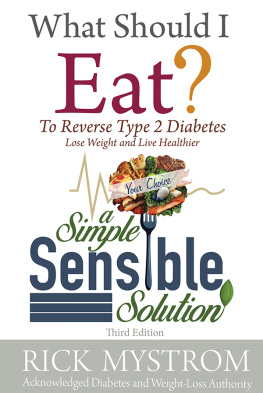
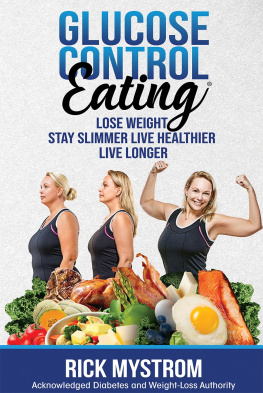
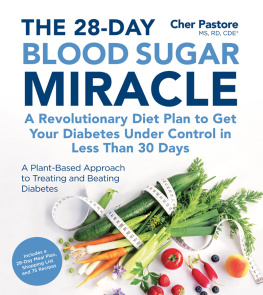



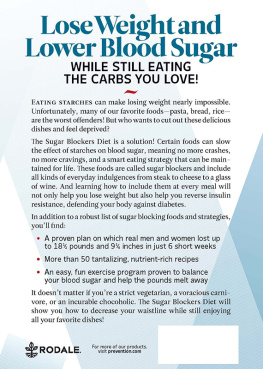
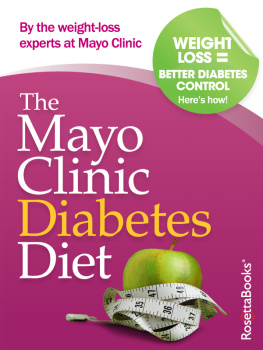
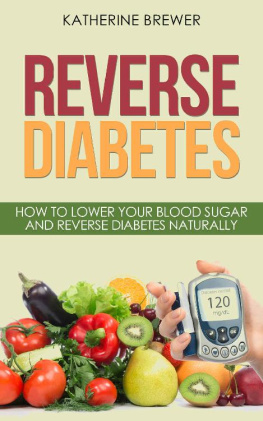
![Sheri Colberg-Ochs [SHERI R COLBERG] - The 7 step diabetes fitness plan : living well and being fit with diabetes, no matter your weight](/uploads/posts/book/102363/thumbs/sheri-colberg-ochs-sheri-r-colberg-the-7-step.jpg)
